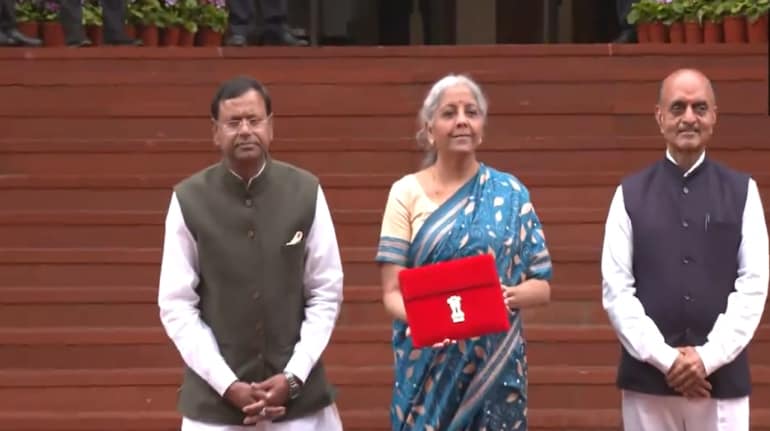
While acknowledging that India is "especially vulnerable" to the combination of food and crude oil inflation unleashed by the Russia-Ukraine war, Goyal, also an eminent economist, said rate hikes should be aligned with the economic recovery.
Her comments come days after the MPC, the central bank's rate-setting panel, surprised the markets with a 40 basis points hike in repo rate in an off-cycle policy meeting this month. It was also the first rate hike after August 2018, amid spiralling inflation.
"RBI started rebalancing liquidity last year, while the US Federal Reserve is yet to start contracting its balance sheet, with inflation far in excess of its target," she told PTI in an interview.
While noting that Inflation has just exceeded RBI's tolerance band due to the protracted Ukraine-Russia war, Goyal said Indian demand and wages are 'soft'.
"In the US, there was over-stimulus due to large government spending. Labour markets are tight. The Fed may be behind the curve, the RBI is not. The Indian inflation trajectory differs from that of the US," she stressed.
Goyal was responding to a question on why RBI did not raise interest rate much earlier despite rising inflation and whether the central bank will fall a little behind the curve compared to the US Fed in this regard.
Earlier this month, the US Fed hiked the benchmark lending rate by 50 basis points.
On the domestic front, retail inflation surged to an eight-year high of 7.79 per cent in April this year and RBI is likely to further tighten the monetary policy.
Inflation galloped for the seventh straight month in April. RBI has been mandated by the government to ensure that inflation remains at 4 per cent with a margin of 2 per cent on either side.
According to Goyal, making sure the real interest rates do not deviate too far from equilibrium levels and avoiding undue volatility in rates would help to maintain a balance between growth and inflation.
She also pointed out that after the global financial crisis, real interest rates were highly negative creating overheating and in the 2010s they swung to large positive numbers aggravating the slowdown.
"The rate rise should be aligned to the recovery. In this way the growth sacrifice required to moderate inflation under
supply shocks can be minimised," she said.Inflation forecasts, to which the MPC responds, were very much within the tolerance band, Goyal said, adding that growth recovery from the pandemic was not complete, and threats of further waves were still strong when the MPC met earlier. She was referring to the meetings before the off-cycle one held from May 2 to 4.
"It is never wise to overreact to a first-round shock, even if it follows a series of earlier shocks, especially when the country is in a shaky recovery from a pandemic," she said, adding that long-term price pressures have materialised in India only after the Ukraine war started on February 24.
Noting that markets overreact to fears and had already priced in large rate hikes, Goyal said, "MPC action at that juncture may have led to sharp rate rises and excess volatility in markets."
India is "especially vulnerable to the combination of food and crude oil inflation that the war has unleashed," she noted.
When asked whether fuel tax cut will dampen inflation, she said inflation is high due to multiple supply shocks following each other, although the recovery is also hitting capacity in some sectors.
"Counter-cyclical fuel taxes can reduce the output sacrifice required to contain persistent inflation under supply-shocks," she said.
On fear of huge volatility in capital outflows from countries like India due to expectations of more Fed rate hikes, she said, India's careful process of sequencing and capping the entry of foreign capital has made sure that such capital is not too large in relation to the domestic market.
"We are seeing that domestic and foreign investors are taking opposite positions in the stock market," Goyal said, adding that diversity makes markets more stable.
Most interest-sensitive debt flows have already left, she said and pointed out that India has large reserves to absorb short-term volatility and strong macroeconomic fundamentals.
"Over time, foreign investors will not want to miss out on Indian growth prospects that remain better than most countries," the eminent economist emphasised.
India inflation: Is RBI behind the curve? MPC member Ashima Goyal answers - Economic Times
Read More

No comments:
Post a Comment